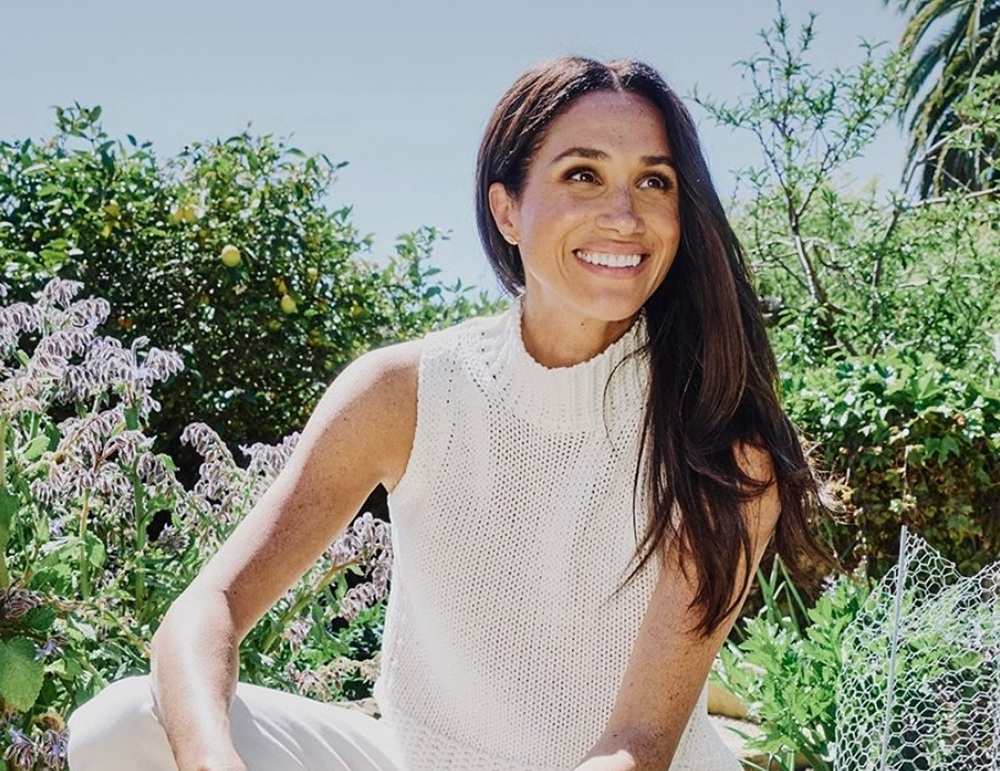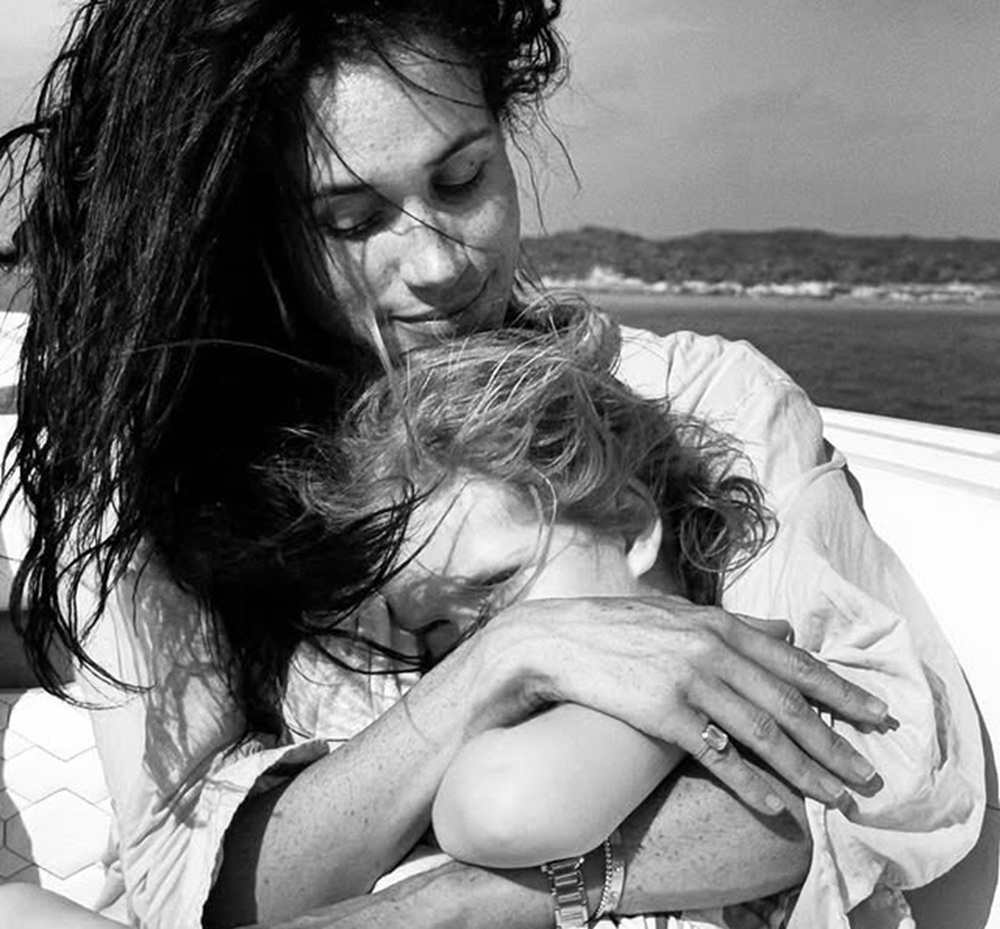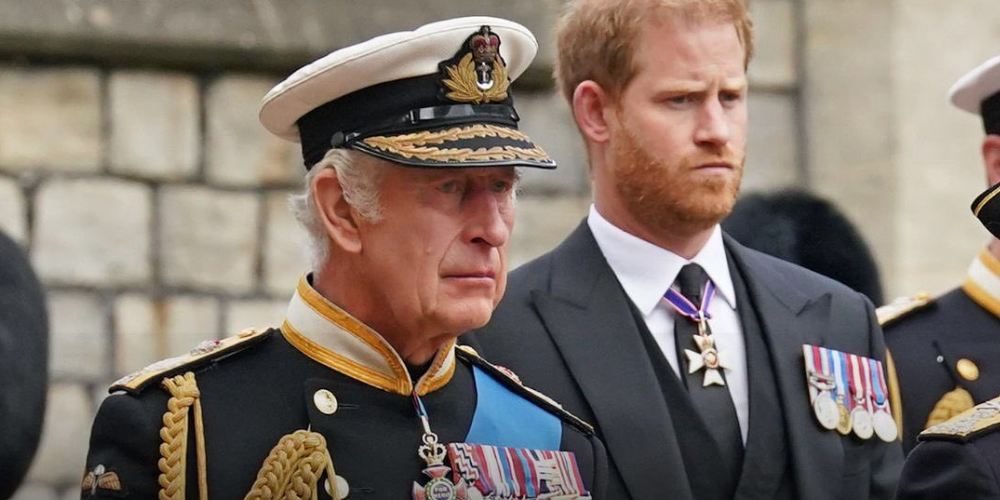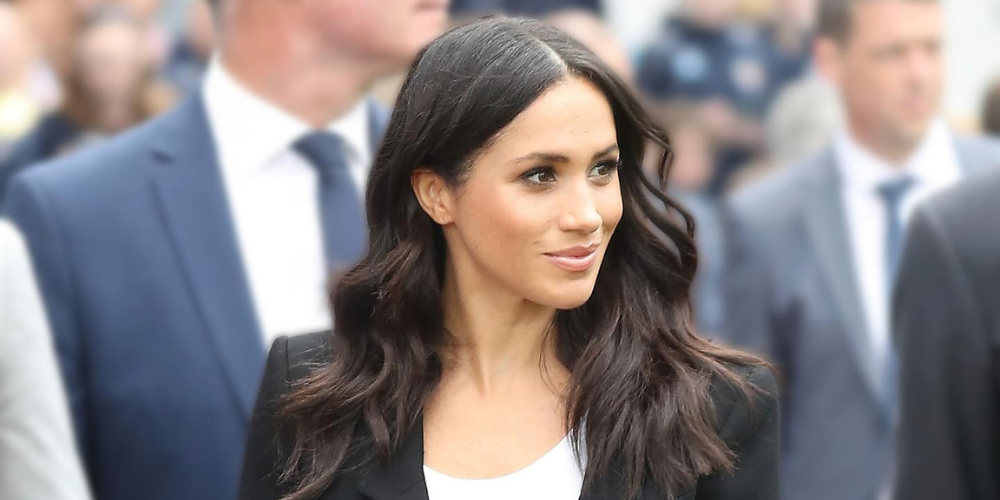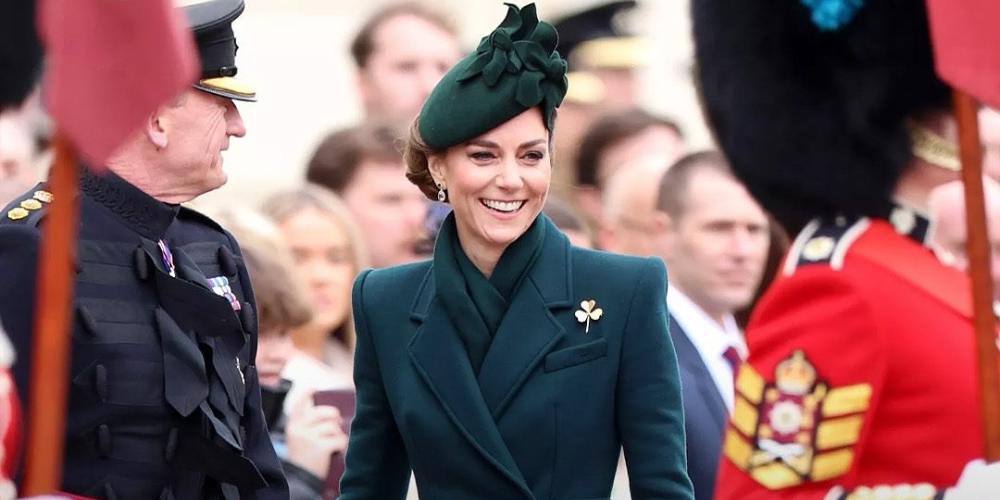The British Royal family is a name synonymous with tradition, poise, and an almost mythical level of public control. But even the most carefully constructed images can crumble in the face of a modern-day phenomenon: the unfiltered chaos of social media. This is exactly what happened when the question, “Does Kate Middleton have cancer?” started trending online.
What should have been a straightforward announcement about a beloved royal figure’s battle with the disease morphed into a whirlwind of speculation, misinformation, and, ultimately, a PR disaster for the palace.
The carefully cultivated image the monarchy has perfected for centuries was put to the ultimate test. Gone were the days of controlled narratives drip-fed to a compliant media outlet. In the age of Twitter, TikTok, and YouTube, the public craves immediacy and authenticity, two things sorely missing from the palace’s initial response.
A Tale of Two Crises: Transparency vs. Speculation
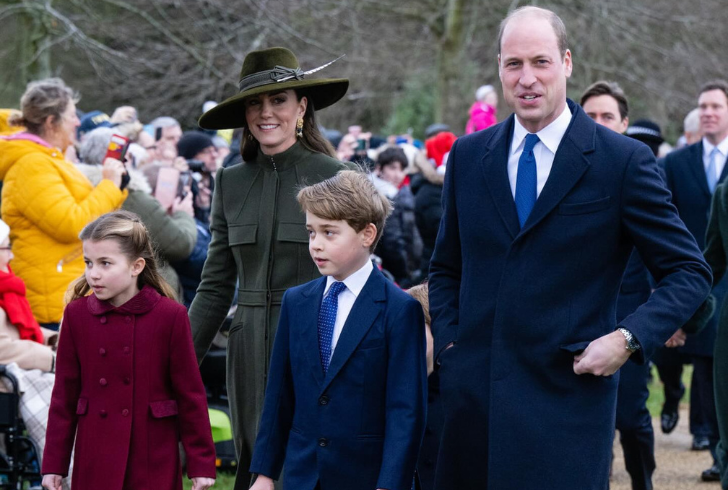
Let’s rewind a bit. Christmas Day 2023. The picture of perfect normalcy: the Prince and Princess of Wales attending church, smiles plastered on their faces, the epitome of royal composure. Fast forward two weeks, and Kensington Palace announces Catherine underwent a successful abdominal surgery, requiring a brief recovery period. So far, so good. Standard royal procedure, right? Wrong. Here’s where the cracks began to show.
Unlike her post-partum appearances, Catherine remained absent from the public eye after surgery. This was the first misstep. The palace, clinging to its outdated strategy of controlled information releases, failed to anticipate the hunger for details in the always-on social media age. The public, accustomed to a steady stream of royal content, started questioning the silence. Was there more to the story?
The palace, in a reactive move, tried to quell the rumors by reiterating Catherine’s return to duties wouldn’t be until Easter. This only fueled the fire. Mainstream media joined the chorus of concern, and social media exploded with conspiracy theories, each one more outlandish than the last. From accusations of Catherine being held captive in the palace to wild tales of her hiding out in Taylor Swift’s London home, the internet became a breeding ground for misinformation.
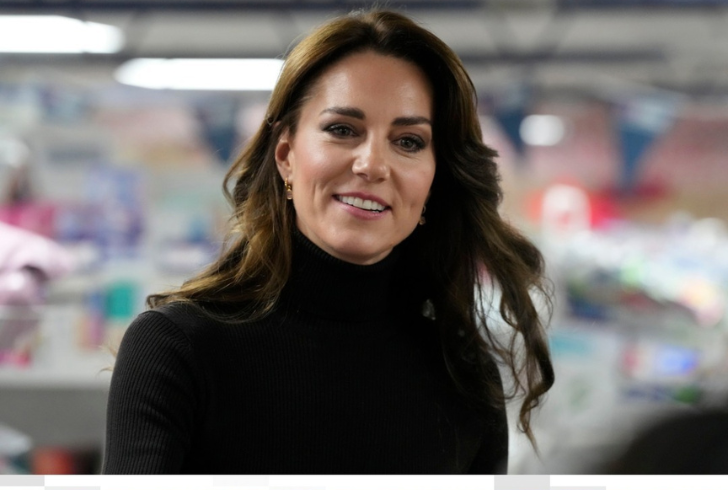
In a desperate attempt to regain control of the narrative, the palace released a Mother’s Day photo of Catherine with her children. Unfortunately, the attempt backfired spectacularly. Social media sleuths, with their eagle eyes, detected what appeared to be edited flaws in the image. Adding insult to injury, the palace then confirmed the photo had indeed been altered, sparking accusations of manipulation and further eroding public trust.
The palace’s strategy of carefully worded statements to mainstream media and overly curated social media posts backfired spectacularly. In the age of information overload, silence is deafening, and the lack of transparency only fueled the flames of speculation.
A Video Message and a Lesson Learned
Finally, on March 23rd, Catherine herself addressed the public in a pre-recorded video. This simple act of direct communication proved to be the antidote to the social media frenzy. In her heartfelt message, Catherine explained the unexpected discovery of cancer during her surgery and her ongoing treatment. The public, starved for honest information, finally received it straight from the source.
Catherine’s video serves as a powerful reminder: in the age of social media, transparency is king (or queen, in this case). The palace’s reliance on outdated communication methods ultimately created a PR nightmare. The lesson learned? The public craves authenticity and a connection with the royals they admire. While privacy is certainly important, especially during a health crisis, controlled narratives simply don’t work anymore.
The Future of the Monarchy
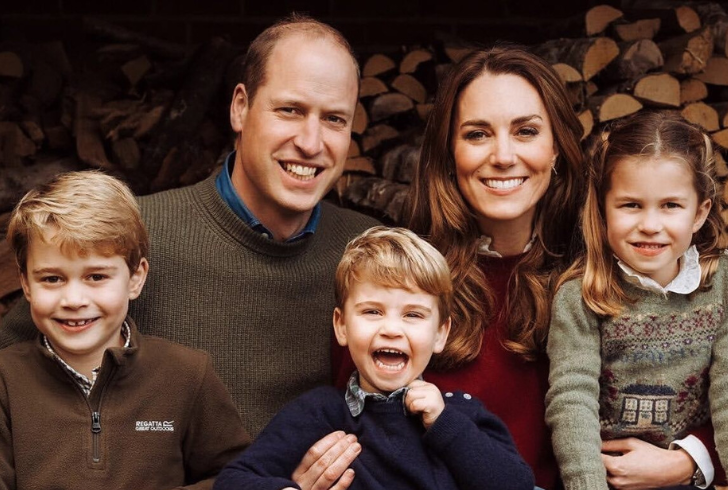
The Kate Middleton saga, particularly the public’s initial confusion surrounding the question of “Does Kate Middleton have cancer,” highlights a crucial turning point for the British monarchy. They must adapt to the realities of the 24/7 news cycle and the ever-evolving social media landscape. The old guard’s approach of “never complain, never explain” simply won’t cut it anymore, especially when faced with a situation that sparks such public concern.
Moving forward, the palace needs to embrace a more open and honest communication strategy. Social media can be a powerful tool, allowing the royals to connect with the public on a more personal level. However, it’s a double-edged sword, and the palace must learn to navigate its complexities.
The British Royal Family is at a crossroads. Will they cling to outdated methods, or will they embrace the age of information and social media? Only time will tell, but one thing is certain: the world is watching, and the future of the monarchy may very well depend on their ability to adapt.

